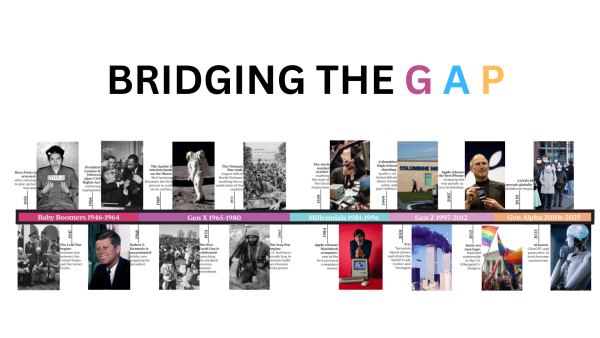A Farewell to Arms Review
It is a tradition and practical obligation to read the classic novel, “A Farewell To Arms,” by Ernest Hemingway in school. Originally published in 1929, the book has long gone outdated and turned into, frankly, a treacherous mess. For this reason, it should be taken off of the typical high school curriculum.
The plot is entirely boring, detailing the life of soldier Frederic Henry, and his love story with nurse Catherine Barkely, during World War 1. To begin, we are not connected to the characters whatsoever. They are written so shallowly so that by the end of the book, they still feel like strangers to the audience. This could be regarded as intentional, considering some readers interpret this writing choice to be because the characters are really just stand-ins to represent the roles and stereotypes of the time. However, it makes comprehending and absorbing this book absolutely miserable. If the intentional choices of the writer make reading it a tragedy, was it really an honorable or worthwhile literary decision? Should it really be praised? Additionally, the characters are extremely disconnected with each other. The dialogue is snappy and robotic and doesn’t feel realistic in the slightest. The readers don’t see any sparks between them because of the poor writing of the romantic mood.
The style of the book is dreadful. Ernest Hemingway wrote for a newspaper before his career as an author. His journalism habits carry over into the book, as he tries to describe scenes and events with as few words as possible. This makes it extremely difficult to understand, as the scenes change with little context in between them. The pacing is too fast and a multitude of events happen in one short chapter, which makes it feel as if nothing has consequences. For a book about war, seeing the consequences of actions seems necessary. There are no stakes in this story, no tension. It makes the supposedly tragic ending seem empty and bland. Compared to modern writing, where time stalls and we linger on the emotions and thoughts of the characters to see cause and effects in action, this book falls behind. While the style of the book may be intentional, it remains a limitation to the potential of what could have been a great representation, or time capsule, of what World War 1 was like.
In conclusion, the novel “A Farewell To Arms” lacks charm, attachment between characters, pacing and consequences. All of that chalks it up to a book that is better left on the shelves, collecting dust.
Your donation will support the student journalists of McNeil High School. Your contribution will allow us to purchase equipment and cover our annual website hosting costs.

Hello! My name is Camryn Lee and this is my third year on The Trailblazer staff. I really enjoy writing opinion and entertainment related articles. I also...










